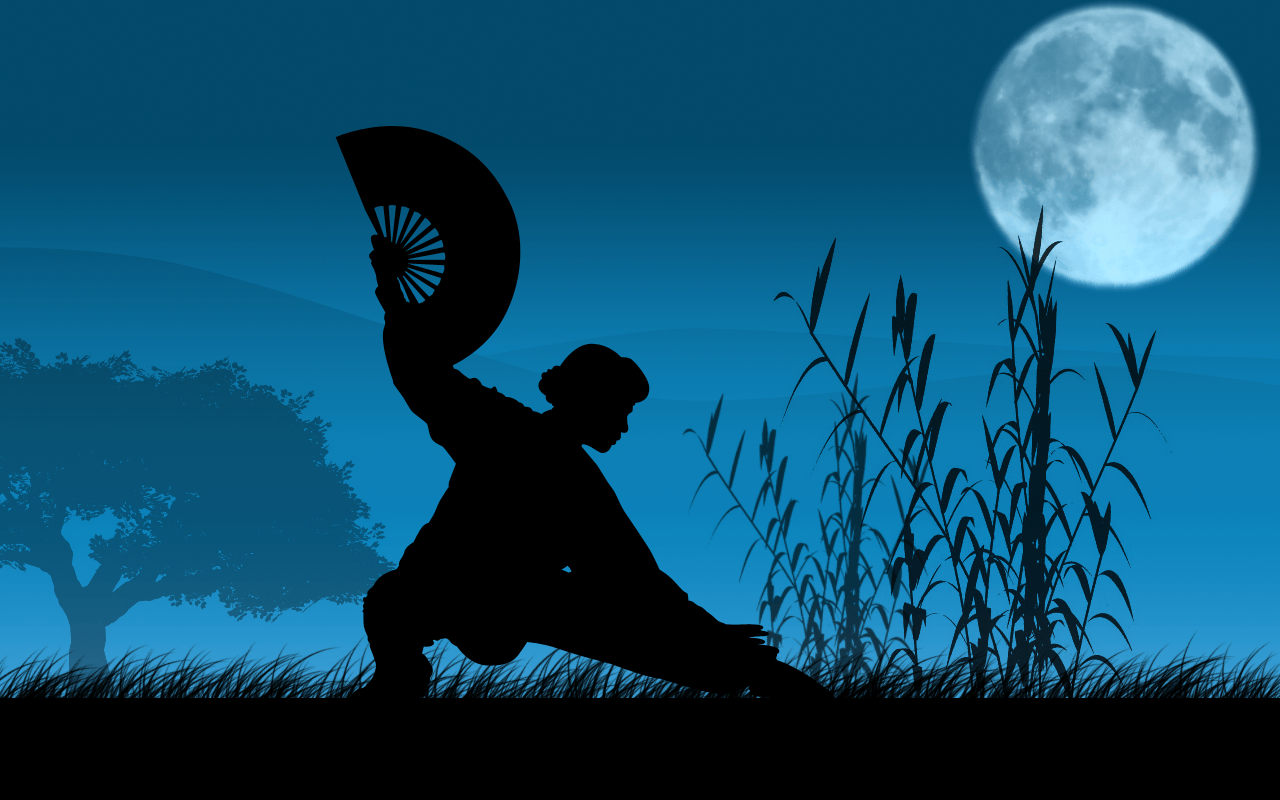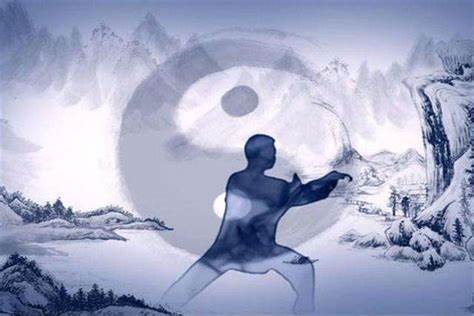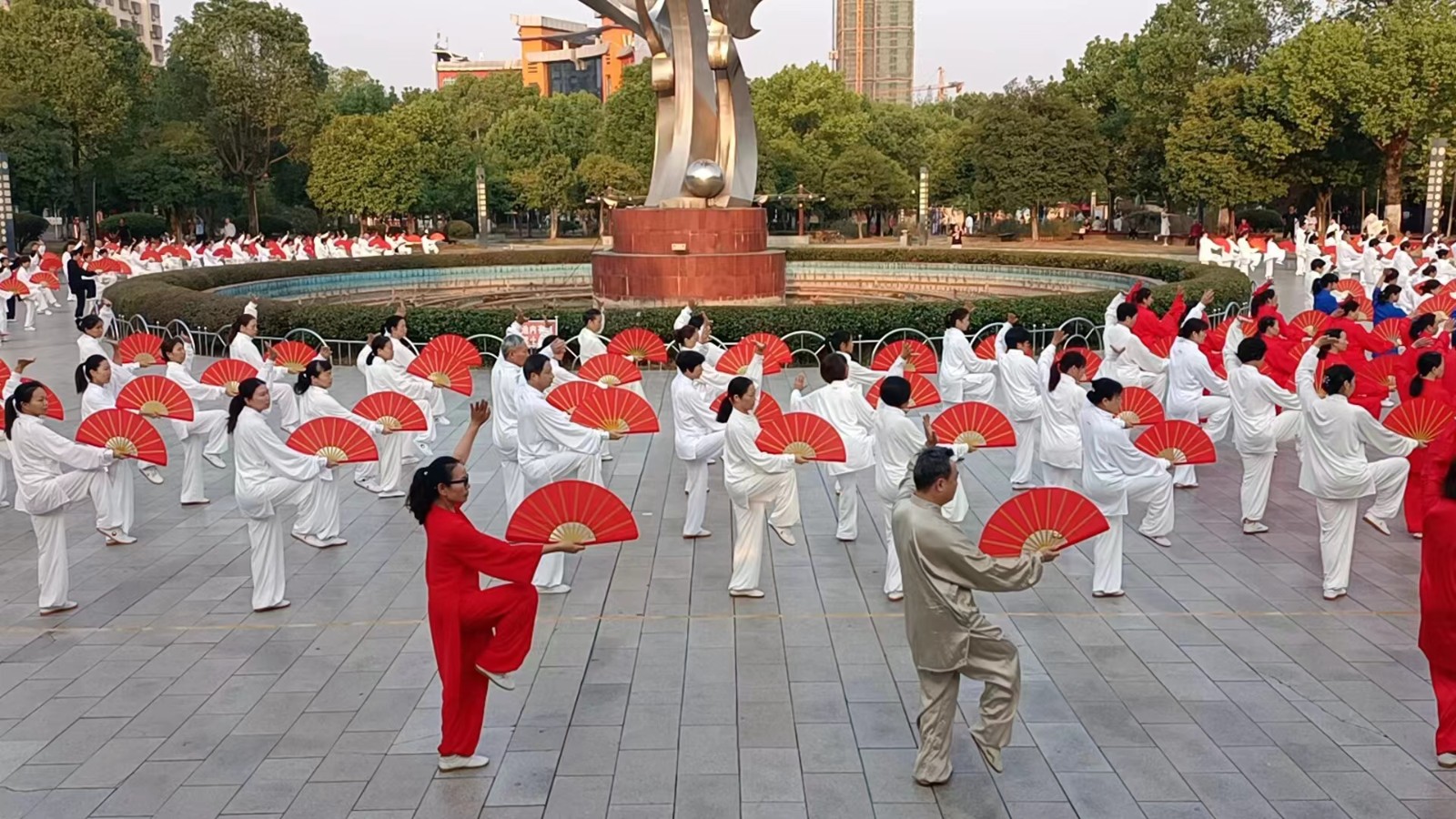Welcome to China, where ancient traditions meet modern life! Among the country’s cultural treasures, Tai Chi (or Taijiquan) stands out as a graceful blend of martial art, philosophy, and wellness practice. Whether you’re seeking inner peace, physical vitality, or a deeper connection to Chinese culture, Tai Chi offers something truly special. Let’s explore this timeless practice together!
1. What is Tai Chi? A Dance of Yin and Yang
Tai Chi is a slow, flowing exercise that originated in China over 400 years ago. Rooted in Taoist philosophy, it combines gentle movements with mindful breathing to harmonize the body and mind. Legend traces its origins to a Taoist monk, Zhang Sanfeng, who was inspired by observing a crane and a snake in combat. Today, it’s practiced worldwide, but China remains its spiritual home.
There are several styles of Tai Chi, including Chen, Yang, and Wu, each with unique rhythms and forms. Despite differences, all emphasize balance—both physically (through posture) and metaphorically (through the interplay of yin and yang, the complementary forces of nature).
2. Why Practice Tai Chi? Philosophy & Health Benefits
Philosophy in Motion
Tai Chi is more than exercise—it’s a meditation. Its philosophy teaches:
Softness overcomes hardness: Gentle movements can neutralize force.
Flow with change: Like water adapting to a river’s path.
Balance is key: Harmonizing energy (qi, pronounced “chee”) within the body.
Health Benefits Backed by Science
Physical: Improves flexibility, strength, and balance (ideal for all ages!).
Mental: Reduces stress and sharpens focus through mindful movement.
Long-term: Studies suggest benefits for heart health, arthritis, and sleep quality.
Tai Chi requires no equipment, making it accessible to everyone. As the Chinese saying goes: “Practice Tai Chi daily, and your body will become as strong as steel.”
3. Where & How to Experience Tai Chi in China
Best Places to Join a Session
Parks at Dawn: Visit Beijing’s Temple of Heaven, Shanghai’s Bund, or Chengdu’s People’s Park at sunrise to see locals practicing. Many welcome visitors!
Cultural Centers: Cities like Xi’an and Hangzhou offer tourist-friendly classes.
Wudang Mountain: For a deeper dive, visit this Taoist sacred site, the “birthplace” of Tai Chi.
Choosing a Class
Beginners: Look for Yang-style (simplest to learn) or short “Tai Chi for Wellness” workshops.
Language: Major cities have English-speaking instructors. Apps like WeChat can help find courses.
Duration: Drop-in sessions (30–60 mins) are common; retreats last days or weeks.
4. Practical Tips for Your First Tai Chi Session
What to Wear
Comfortable, loose clothing (think yoga attire).
Flat shoes or barefoot (if on soft ground).
Etiquette
Arrive early to observe and warm up.
Bow slightly to the instructor as a sign of respect.
Silence your phone and avoid loud chatter during practice.
FAQs
“Do I need experience?” Absolutely not—Tai Chi is for everyone!
“Can I practice with injuries?” Inform the instructor; movements can be modified
“Is it religious?” While rooted in Taoism, it’s practiced secularly by many.
5. Embrace the Journey: Tai Chi as Cultural Connection
Tai Chi isn’t just a workout—it’s a window into China’s soul. By learning even a few moves, you’re participating in a tradition that has united generations. Imagine the stories your teacher might share, the tranquility of moving in sync with a group, or the pride of mastering your first form!
Ready to Begin?
Pack your curiosity and an open mind. Whether you try a park session or a mountain retreat, Tai Chi will leave you feeling centered, energized, and deeply connected to China’s living heritage. As practitioners say: “One year of Tai Chi, one year of youth regained!”




































